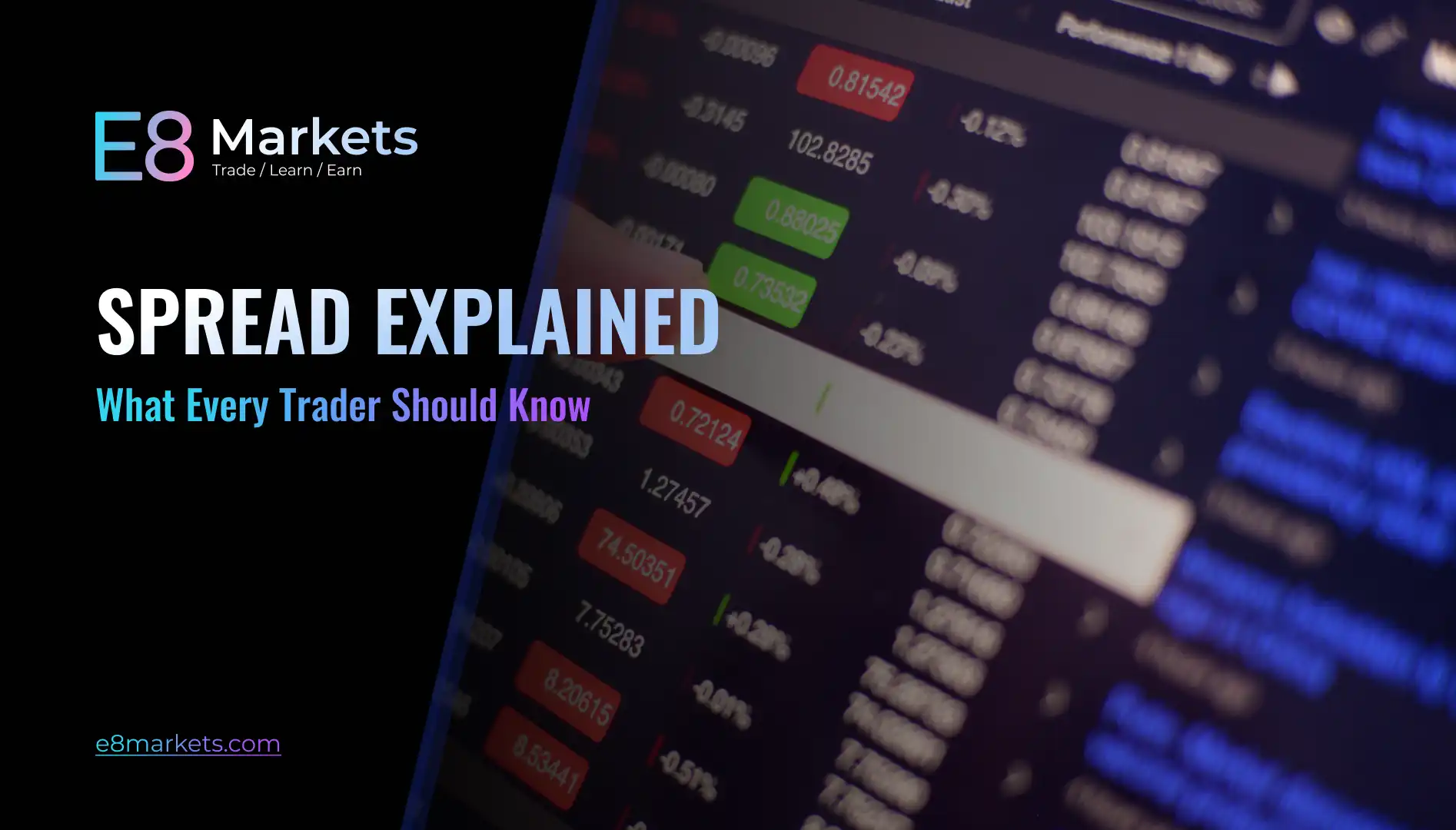How to Diversify Portfolio for Steady and Sustainable Earnings
If you know anything about trading, even just a little, you have probably heard that you should diversify your portfolio. But what does that really mean, and why does it matter? When you diversify your portfolio, you spread your money across different investments. You do this to reduce risk. If one trade doesn’t go as planned, others can still bring in profits and protect your overall investments. E8 Markets will tell you how to diversify your investment portfolio, how to choose different trades, mix strategies, and pick a variety of currencies. We will help you help you create a balanced approach so you can manage risks and grow your earnings over time.
Why Diversify Portfolio?
There are many good reasons to consider trading portfolio diversification. It will help you:
- Reduce volatility. Markets can be unpredictable. One currency pair might suddenly drop, while another might rise. By diversifying, you balance out these ups and downs, so your overall portfolio doesn’t change as much. This makes your earnings more stable.
- Manage risk. When you put all your money into one trade, you risk losing everything if that trade fails. Diversifying across different trades makes risk management easier. Even if one trade doesn’t go well, others can still perform better and help cover the loss.
- Support long-term profitability. You need portfolio diversification for long-term success. It isn’t just about protecting yourself. It is also about growth. By having different types of trades, you create more opportunities for profit. Over time, this can help you build steady earnings, which makes this one of the key benefits of diversification.
How Diversification Works
When you diversify, you spread your money across different assets and markets. For example, instead of only trading one currency pair, you can trade several. You can also use different trading strategies (like short-term and long-term) to balance your risks.
If trade isn’t doing well, others can help balance your portfolio. This way, you aren’t relying on just one outcome. By spreading your investments, you protect yourself against losses and increase your chances of success in different market conditions.
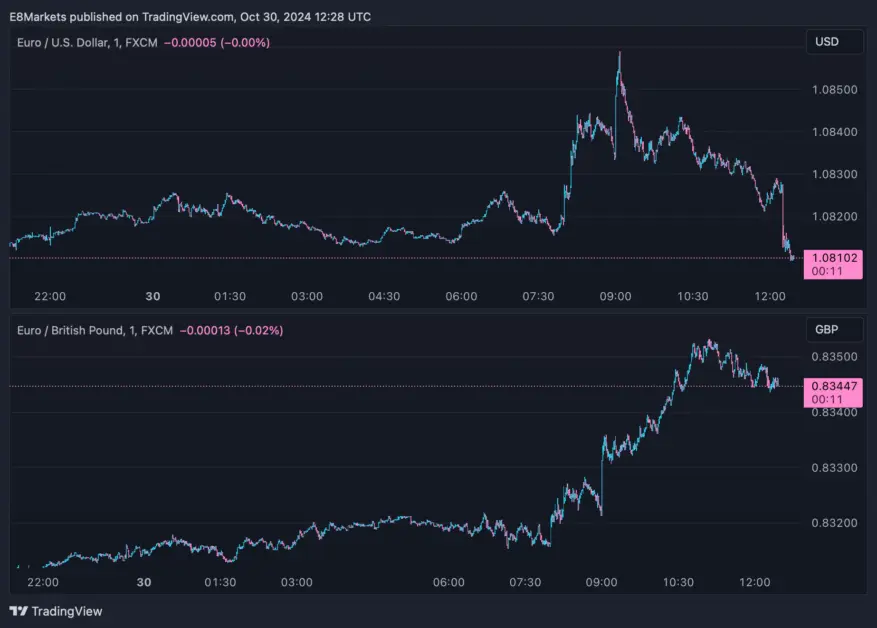
Diversifying Across Asset Classes
In Forex trading, currencies are your only assets. But it’s not enough to focus on just one currency pair. To manage risk and find more opportunities, you should include different types in your investment portfolio. There are three types of Forex currency pairs you should know about:
- Major pairs: These are the most traded currencies in the world, like EUR/USD or USD/JPY. They are popular because they have high liquidity, meaning they’re easy to trade. They’re also less volatile, which makes them a safer option for many traders.
- Minor pairs: They are less common but still important. They don’t involve the US dollar (e.g., EUR/GBP or AUD/CAD). While they might be less stable than major pairs, they can offer good opportunities when major currencies aren’t moving much.
- Exotic pairs: These involve a major currency and a currency from a smaller or emerging economy (e.g., USD/TRY or EUR/SEK). They are riskier and more volatile, but they can also provide high rewards if you manage them carefully.
Adding Other Assets
To diversify your investment portfolio further, you might also want to think beyond just currency pairs. Forex is your main focus, but adding other types of assets can make your portfolio even more balanced. Here are a few examples:
- Indices or Stocks – Trading stocks from different sectors or regions can give your portfolio more depth. Stocks often move based on factors different than currencies, so they can provide opportunities when the Forex market is slow.
- Commodities – Commodities like gold, oil, or agricultural products have their own price patterns. They can be a good option to hedge against currency movements. For example, if a currency you’re trading is tied to oil prices, holding some oil assets could balance out the risk.
- Cryptocurrencies – Crypto assets, like Bitcoin or Ethereum, are becoming popular. They are highly volatile, which means they can be risky. But if used carefully, they can add another dimension to your portfolio and open up new profit opportunities.
Spreading Investments Across Different Markets
Trading currencies from various regions is a smart way to manage risk and take advantage of different economic situations. This is geographic diversification. Every region has its own economy, and factors like political events, economic growth, or natural disasters can impact currencies differently. When you diversify portfolio across different regions—such as Europe, Asia, and North America—you protect your portfolio from being too dependent on the economic health of just one area.
For example, if the European economy is struggling, the euro (EUR) might weaken. But if you also trade in currencies from Asia or North America, those currencies might perform better. This is among the main benefits of diversification. It will balance out your losses. Geographic portfolio diversification allows you to hedge against localized risks and makes your portfolio more stable.
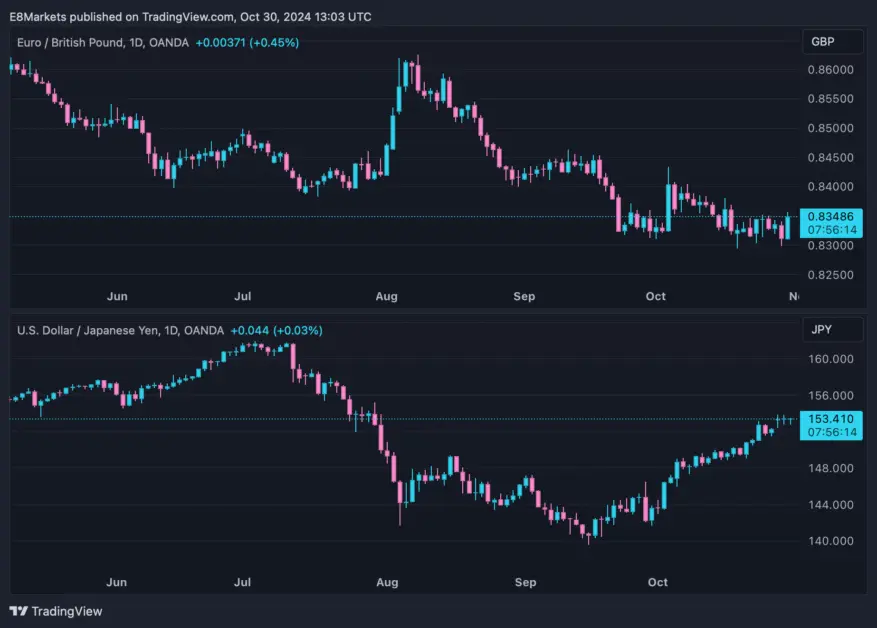
In addition, you should consider economic sector diversification. By trading currencies linked to these sectors, you can add balance to your trading portfolio diversification based on sector performance. For example, there are:
- Currencies tied to commodities: Currencies like the Australian dollar (AUD) or Canadian dollar (CAD) are often influenced by commodity prices like gold or oil. Including these currencies in your portfolio and using economic indicators will help you to benefit from fluctuations in the global commodity markets.
- Currencies linked to technology: Countries with strong tech industries, such as the US (USD) or South Korea (KRW), might see their currencies move based on how the tech sector is performing. This gives you a way to trade based on industry trends.
- Energy sector currencies: Currencies of countries that produce gas, such as the Russian ruble (RUB) or the Norwegian krone (NOK), can be influenced by global gas prices. These currencies provide an opportunity to profit from changes in the energy market.
To get sustainable earnings through diversification, you should choose currencies connected to various economic sectors. This gives you a balanced investment portfolio that can perform well under different conditions.
Incorporating Multiple Trading Strategies
You need a good portfolio diversification strategy in Forex trading. It will help you take advantage of market conditions and manage your risk more effectively. You should use a mix of short-term and long-term strategies. It is also helpful to include both high-risk/high-reward strategies and lower-risk ones.
Short-Term vs. Long-Term Trading
Short-term trading includes strategies like scalping and day trading. With scalping, you aim to make quick profits from small price changes within minutes. Day trading involves opening and closing trades within the same day. These strategies will give you fast results. However, they come with higher risks due to short timeframes and rapid market changes.
On the other hand, long-term trading involves swing trading and position trading. Swing trading looks for price movements over several days or weeks, while position trading focuses on holding trades for months or even longer. Long-term strategies are less intense and can be more predictable, as they aren’t affected as much by daily fluctuations. Factors like inflation rate and central bank policies significantly influence long-term trades, as they impact currency values and market stability over time. These strategies help smooth out the highs and lows and can provide stability, especially when short-term trades don’t go as planned.
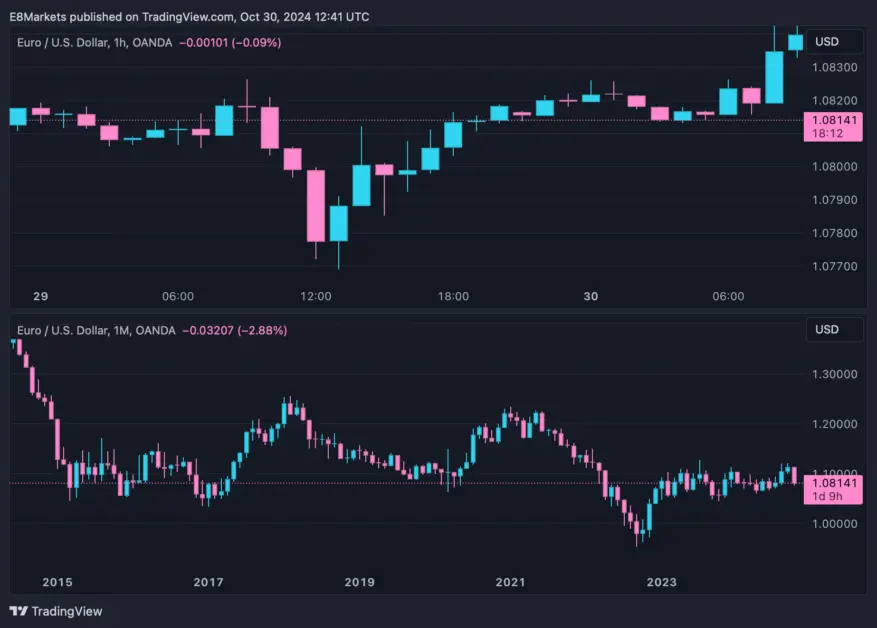
Risk Profiles and Portfolio Diversification Strategy Mix
The mix of high-risk/high-reward and lower-risk strategies protects against big losses while still offering growth opportunities. Examples of high-risk strategies include trading exotic currency pairs or using leverage to increase your position size. These strategies can generate big returns, but they also come with higher chances of losses if the market doesn’t move in your favor.
Lower-risk strategies involve trading major currency pairs with smaller position sizes, setting stop-loss orders to limit potential losses, or trading long-term positions that are less affected by daily market changes. These strategies aim for steady, smaller gains over time.
Using Different Timeframes Effectively
To get a complete view of the market, you should use different timeframes as well. Each timeframe offers a different perspective and helps your trades based on how the market is moving. To diversify your investment portfolio, you can choose:
- Short-term timeframes (e.g., 30-minutes, 1-hour) – These timeframes are useful for identifying quick, short-term opportunities. If you prefer active trading, such as day trading or scalping, these timeframes allow you to spot fast market movements and act quickly. However, they require constant monitoring, so they are better suited for traders who can dedicate time to actively watching the markets.
- Medium-term timeframes (e.g., 4-hour, daily) – These timeframes offer a more balanced approach. They show broader market trends, which are often more reliable and less affected by small fluctuations. Traders using these timeframes can set up swing trades, holding positions for a few days or weeks. This approach allows you to react to significant movements without the stress of watching charts all day.
- Long-term timeframes (e.g., weekly, monthly) – Long-term timeframes are ideal for position trading, where trades are held for months or even longer. They provide a big-picture view, helping you make decisions based on major trends and avoiding short-term noise. This can be particularly helpful for those who prefer less frequent trading with a focus on long-term growth.
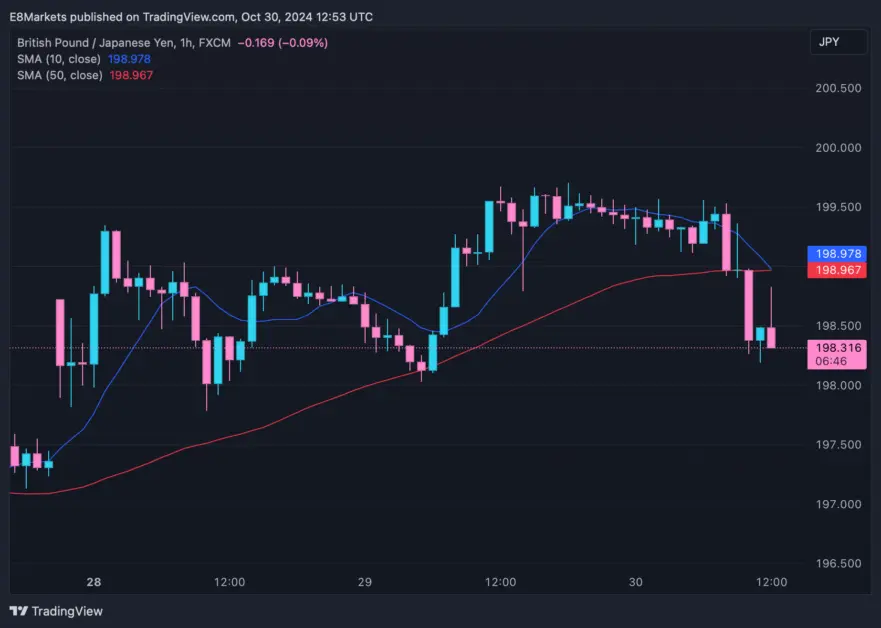
Practical Tips on How to Diversify Portfolio
When you’re new to trading, it’s important to diversify your trading portfolio in a simple and effective way. Here’s how you can do it:
- Start small. Begin with a few carefully chosen currency pairs, preferably major pairs like EUR/USD or USD/JPY. These are stable and easier to manage, making them ideal for beginners. Avoid adding too many pairs at once to keep things manageable. As you gain confidence, you can gradually add more pairs and diversify your investment portfolio with different strategies.
- Select suitable strategies. Choose strategies that fit your time availability and comfort level, such as swing trading or day trading. Stick to these until you feel confident enough to explore other options.
- Use risk management tools. Set up stop-loss orders for every trade to protect yourself. These orders automatically close your trade if the market moves against you beyond a certain point, which minimizes losses and protects your funds. Also, you can use position sizing to control how much of your account balance you risk on each trade. A good rule is to risk no more than 1-2% of your total balance per trade.
- Research the market regularly. Make informed decisions by staying up-to-date with economic news, market analysis, and updates related to the assets or currency pairs you’re trading. The more you know about market conditions, the better you can adjust your Forex portfolio diversification strategy.
- Choose a variety of assets with low correlation. Select assets and currency pairs that don’t all move in the same direction. This is very important for effective portfolio diversification. For example, if you trade USD/JPY, also consider other pairs that don’t closely follow the US dollar’s performance. This way, if one currency weakens, another might remain stable or even rise, which provides balance to your portfolio.
Lastly, do not overdiversify. It might seem like the more assets or currency pairs you hold, the better protected you are. However, holding too many can dilute your focus and make it difficult to manage your trades effectively. If you have too many pairs or assets, you may struggle to keep track of market movements and important updates for each one. Rather, if you want to diversify your trading portfolio smartly, start with a manageable number of currency pairs and gradually add more as you gain experience.
Diversify Portfolio and Secure Your Earnings
The market is full of opportunities. Your job is to prepare, act, and make them count. By spreading your investments across different currency pairs, markets, strategies, and timeframes, you protect your portfolio and open up more opportunities for profit. To diversify portfolio, start small, choose manageable pairs, and use risk management tools like stop-loss orders and position sizing to keep your trades safe. Start with a simple portfolio diversification plan and adjust as you gain experience. See what works best for you. Stay informed, keep learning, and improve your strategy to grow your skills and your earnings.
Trade with E8 Markets
Start our evaluation and get opportunity to start earning.Disclaimer
The information provided on this website is for informational purposes only and should not be construed as investment advice. Always conduct your own research and consult with a qualified financial advisor before making any investment decisions. We do not endorse or promote any specific investments, and any decisions you make are at your own risk. This website and its content are not responsible for any financial losses or gains you may experience.
Please consult with a legal professional to ensure this disclaimer complies with any applicable laws and regulations in your jurisdiction.



